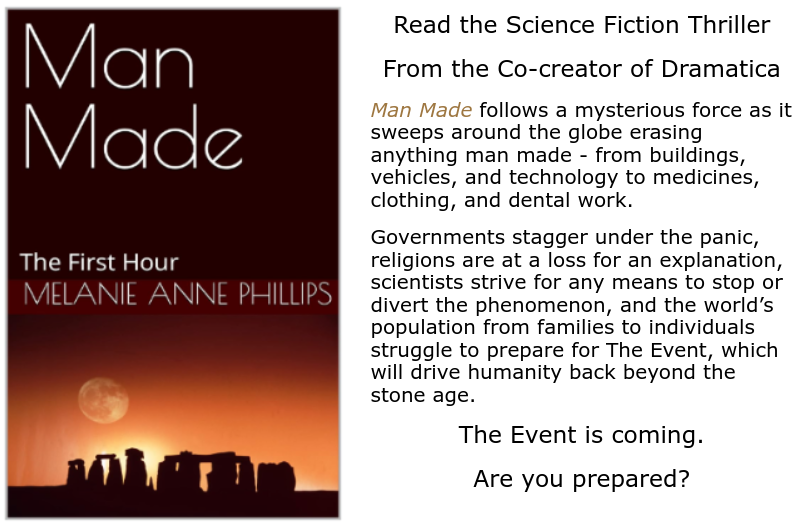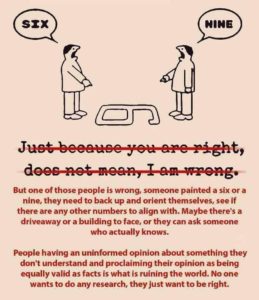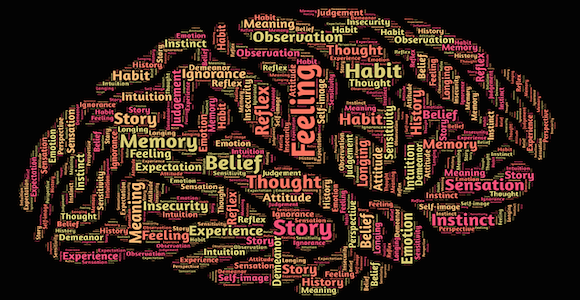Who’s behind this blog?
Hi, I’m Melanie Anne Phillips – Owner of Storymind.com, creator of StoryWeaver, and Co-creator of Dramatica. I have two grown children, two grandchildren, and recently turned 65.
For 25 years I’ve taught creative writing and story structure, but there’s a lot more to me than that. I’m an avid photographer in the style of Ansel Adams, I hike in the back country of Yosemite, I write philosophy and personal journals (see my author page on Amazon) and I compose music – lots of music in lots of styles. Perhaps the best way to know the person behind this page is to hear a bit of my music, which is the voice of the soul.
ONE OF MY PIANO IMPROV SESSIONS
I find the best way to warm up my compositional skills is a little free-form invention on the fly for a short session. Often a new riff or an interesting chord progression emerges that eventually becomes a whole new song. The key is to walk out fearlessly among the notes, follow the Muse of whimsy and less loose the dogs of serendipity.




You must be logged in to post a comment.